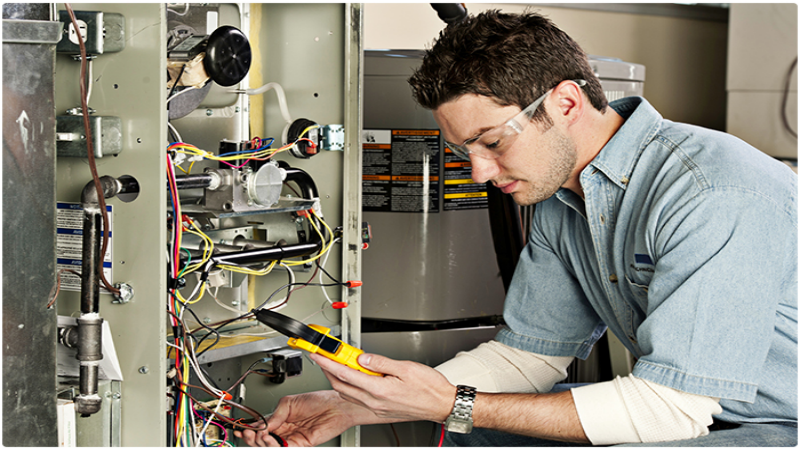With today’s renewed interest in the conservation movement, there’s been an increased focus on the use of green technologies. Manufacturing plants and power facilities that use packed bed scrubbers can drastically reduce the amount of acidic and toxic chemicals that they release into the environment. In many cases, these devices may actually be mandated by law.
Companies are urged to turn to this technology even if they aren’t working in an area where it’s required, however, simply because scrubbers are such an important technology when it comes to preventing environmental decay. Best of all, a packed bed scrubber isn’t a difficult device for engineers to work with.
Even the principle they employ is surprisingly simple.
Chemical engineers refer to any vessel that’s been stuffed full of a specific material as a packed bed. In a packed bed scrubber, this material is shoved very tightly into a cylindrical tube. As waste fluids pass through the cylinder, certain compounds are filtered out of the stream. Fluid that leaves the tube as exhaust is considerably cleaner than the raw substrate would ever have been.
Back in the 1970s, a form of this technology was widely deployed to many different industrial stacks in order to help reduce the risk of sulfur dioxide entering the air. In turn, this helped to drastically reduce the risk of acid rain. Considering the constant progress of technology, it’s not hard to believe that this same technology might soon be used in carbon capture systems in order to sequester greenhouse gas emissions.



